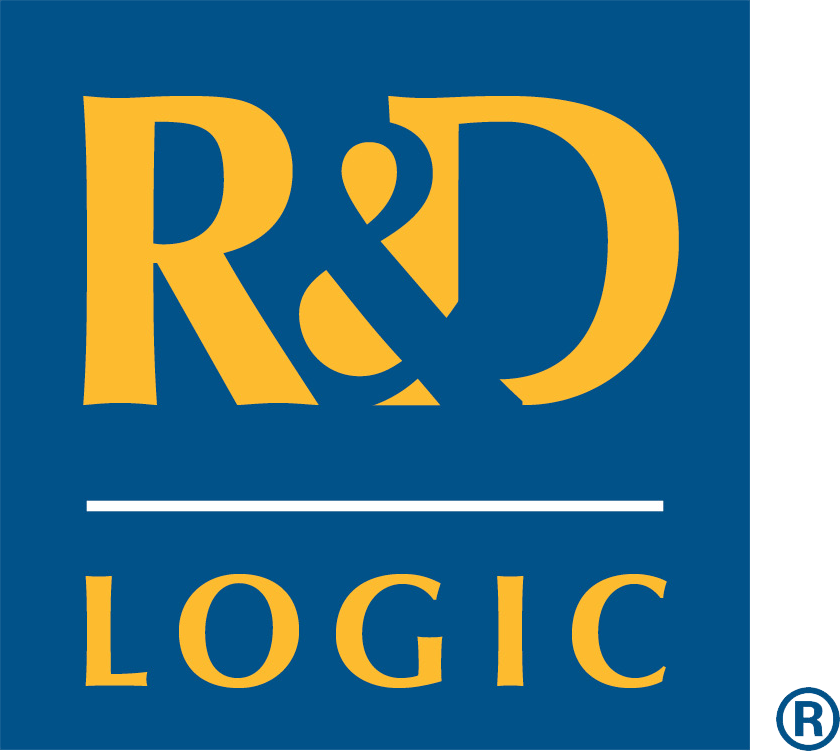Four Characteristics of "Mature" FP&A Automation in R&D
Back in 2003, when R&D Logic was a young and proud survivor of the dot-com bust, and a pioneer in cloud-based software solutions (eventually dubbed Software as a Service, or SaaS), The Economist published an article which drew insight from Carlota Perez's book “Technological Revolutions and Financial Capital: The Dynamics of Bubbles and Golden Ages” (Edward Elgar, 2002).
The following The Economist summary can hardly be improved:
"In her model [see chart], technological revolutions have two consecutive lives. The first, which she calls the 'installation period', is one of exploration and exuberance. Engineers, entrepreneurs and investors all try to find the best opportunities created by a technological big bang, such as Ford's Model T in 1908 and Intel's first microprocessor in 1971. Spectacular financial successes attract more and more capital, which leads to a bubble. This is the 'gilded age' of any given technology, 'a great surge of development', as Ms Perez calls technological revolutions.
"The second, or 'deployment', period is a much more boring affair. All the quick bucks have been made, so investors prefer to put their money into the real economy. The leading firms of the new economy become bigger and slower. The emphasis is no longer on raw technology, but on how to make it easy to use, reliable and secure. Yet this period is also the 'golden age' of a technology, which now penetrates all parts of society."
"Maturity"—at the end of the curve—is a state in which a technology renders the greatest returns: "...easy to use, reliable and secure." What would "maturity" look like when automating FP&A in an R&D-intensive environment?
Here are four key considerations:
A mature FP&A automation platform cannot be plug-and-play: FP&A draws on data from several other functions—payroll, project management, ERP, etc. Considering the variety of company sizes and the multitude of business models they use, the possible combinations of systems are endless. Any platform deployed to automate FP&A processes has to connect with an eclectic combination of other systems. That doesn't mean you have to design the FP&A platform from scratch, or customize your automation solution. It means whatever FP&A system you deploy ought to be configurable to "speak" with all your other, existing systems.
FP&A automation must build on best practices: whatever calculations your automation platform performs on your data should incorporate best practices, and these should be kept up-to-date by the system provider. The unique value your FP&A team brings to the information needs to be created on a foundation of the latest, best-in-class business processes.
FP&A is providing direction for an ever-evolving business: most Life Science companies will introduce, replace or upgrade systems as their business model evolves, and that evolution is (when things go well) towards greater complexity. FP&A processes must sustain a clear outlook to continuously define where the company is headed, so stopping the machine for adjustment isn't an option—whatever you use ought to connect and keep up with your other systems from day one.
FP&A will convey information to several different audiences: unless you can communicate with both science and business leaders, your FP&A effort will end up in the drawer of somebody who might act on the insight you provide. So whatever automation you use should also automate a reporting system that addresses the information requirements of those who will make decisions about the future of your portfolio.
In a nutshell, it should not matter what systems you use for HR, payroll, accounting, ERP, project management or any other system that feeds data into your FP&A platform. Whatever automation of FP&A processes you choose, it should sit on top of all of these, and start a coherent conversation among them, so that you can create an outlook that aligns with your past and present performance.

